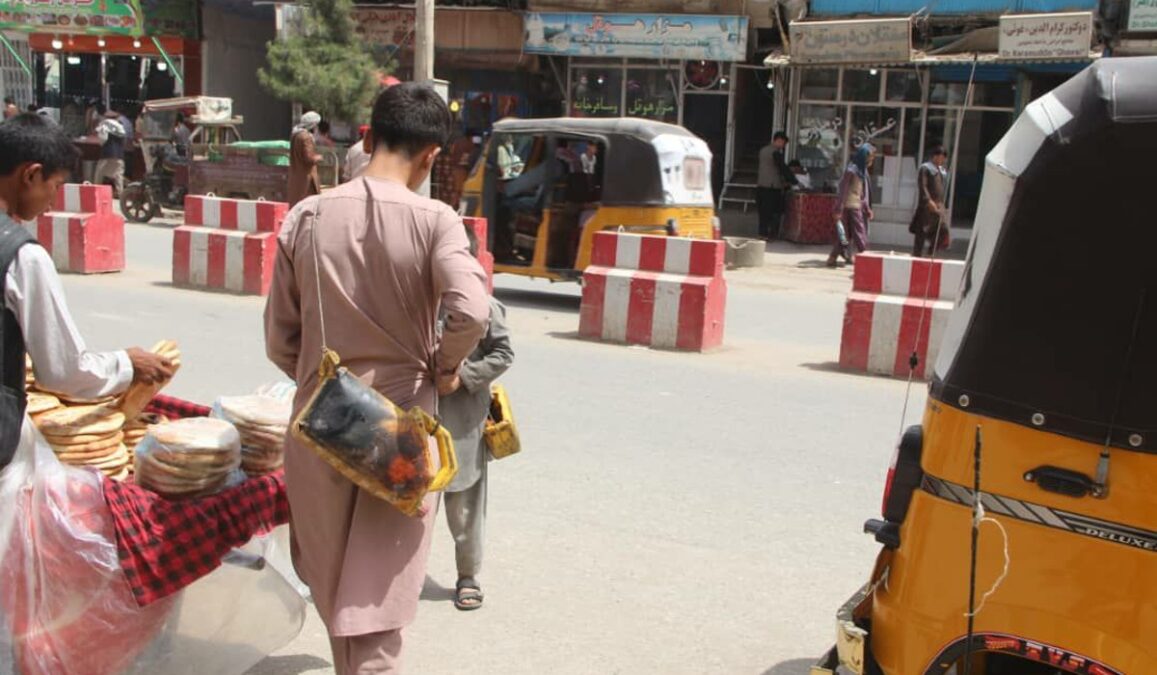Save the Children in a survey from various provinces, including Kabul, has found that 38.4% of surveyed children are being forced into labor due to the prevailing dire poverty and hunger within their families.
Save the Children, a child rights organization, has expressed profound concern over the dire circumstances these children are facing.
Save the Children’s initial analysis included a survey of 1,207 adults and 1,205 children across various provinces in Afghanistan, including Balkh, Faryab, Jawzjan, Kabul, Nangarhar, and Sar-e-Pul. The survey was conducted between July 8 and August 2, 2023.
The classification of severe hunger, as outlined by the analysis, signifies being hungry more than ten times within the past 30 days.
The initial analysis reveals that 28.9% of children exhibiting daily signs of depression have reduced their food intake from the previous year, compared to 12.2% who have not reduced their food intake. Additionally, the analysis indicates that 32.3% of children demonstrating daily signs of anxiety have cut down on their food consumption from the previous year, compared to 14.4% who haven’t reduced their intake.
Furthermore, the initial analysis demonstrates that 26% of female-headed households are grappling with severe hunger, in contrast to 10% of their male-led counterparts. Again, the criteria for severe hunger involve experiencing hunger more than ten times over the past month.
According to the initial analysis, 82.1% of girls have decreased their food intake compared to the previous year, while 70.2% of boys have reported a reduction in their meals.
In light of the dire situation, children are being thrust into perilous conditions as they strive to contribute to their families’ wellbeing. Save the Children says that a young girl’s life was lost in an incident where she was crushed by a truck while attempting to smuggle goods across a border crossing. This incident was reported by Save the Children.

The devastating impact of an ongoing drought, described as the most severe in thirty years, has further exacerbated the dire circumstances, the organization said. It added that an alarming 76.1% of surveyed children have reported a decrease in their food consumption compared to the previous year. The drought’s consequences include crop failures, livestock losses, and restricted access to sustenance, all of which have been highlighted by Save the Children’s investigation, which covered 58% of households.
This new analysis, grounded in surveys conducted across six provinces, underscores the dire circumstances facing Afghanistan’s populace—a lethal convergence of poverty, climate change, and hunger. The global community is called upon to take heed of this situation as millions remain without vital food aid due to declining international funding. The urgency of the situation should serve as an urgent call to action, demanding decisive intervention from around the world, Save the Children said.
The organization has highlighted the story of a 31-year-old mother from northern Afghanistan whose 8-month-old twins are afflicted with severe acute malnutrition (SAM), necessitating treatment from a Save the Children mobile health clinic.
“Our village lacks access to water, and we rely on donkeys to transport water from a neighboring village. The queues for water are endless. This year, due to the drought’s catastrophic impact, even the most optimistic farmers have lost hope of rainfall,” the mother, Sajida, said.
Afghanistan stands as a stark embodiment of the toll exacted by climate change on agrarian communities. The nation confronts its third consecutive year of drought, adversely affecting over half of its population. Particularly in northern Afghanistan, where farming is a lifeline, hunger rates have surged.
“In Sar-e-Pul province, 34.3% of households, and in Jawzjan—Sajida’s family’s home—20.7% endure severe hunger. In comparison, Nangarhar and Kabul provinces have reported significantly lower rates, at around 6% each,” the survey shows.
Females bear the brunt of the crisis, as female-led households are grappling with twice the level of severe hunger compared to those led by males, the survey said. It added that 17% more girls than boys report a reduction in food intake from the previous year.
Save the Children’s analysis brings to light an alarming trend. While data from the previous year for comparison is high, recent figures from the International Labour Organization suggest that one in ten children in Afghanistan is involved in child labor.
Arshad Malik, Country Director for Save the Children in Afghanistan, underscored the pressing nature of the circumstances, stating, “Two years since the Taliban regained control, the situation for Afghan children and their families remains dire. A confluence of climate crisis, poverty, and the aftermath of conflict has bred hunger, malnutrition, and suffering among those who bear no responsibility for these conditions.”
Save the Children has called for immediate humanitarian assistance and sustained development support from the global community. The organization also urged donor governments not to suspend ongoing funding for humanitarian initiatives in Afghanistan, as halting such aid could have catastrophic consequences, particularly for women and girls.





